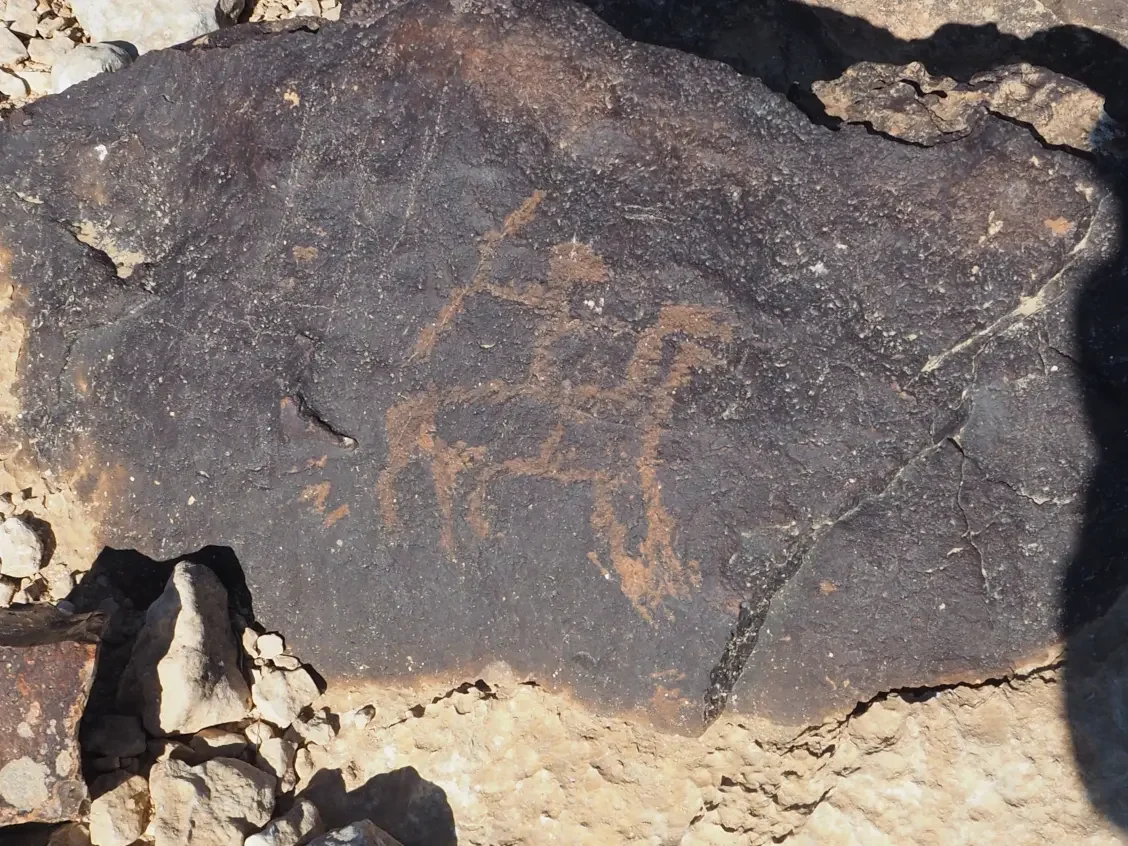Studie: Pilze und Flechten tödliche Bedrohung für 5.000 Jahre alte Felskunst
Biologische Prozesse tragen zur Erosion von Steinritzungen in der israelischen Negev-Wüste bei - das hat ein internationales Forschungsteam um Katja Sterflinger und Laura Rabbachin vom Institut für Naturwissenschaften und Technologie in der Kunst (INTK), Akademie der bildenden Künste Wien, herausgefunden.
The Negev desert of southern Israel is renowned for its unique rock art. Since at least the third millennium BCE, the hunters, shepherds, and merchants who roamed the Negev have left thousands of carvings (‘petroglyphs’) on the rocks. These figures are mostly cut into ‘desert varnish’: a thin black coating on limestone rock, which forms naturally.
Now, a study published in Frontiers in Fungal Biology has revealed that the petroglyphs are home to a community of uncommon specialist fungi and lichens. Unfortunately, these species may pose a serious threat to the rock art in the long term.
"We show that these fungi and lichens could significantly contribute to the gradual erosion and damage of the petroglyphs,” said Laura Rabbachin, a PhD student at the Academy of Fine Arts Vienna, and the study’s first author.
"They are able to secrete different types of acids that can dissolve the limestone in which the petroglyphs are carved. In addition, the fungi can penetrate and grow within the stone grains, causing an additional mechanical damage.”
“These natural weathering processes cannot be stopped, but their speed of the weathering process depends heavily on whether and how the climate will change in the future. What we can do is to monitor the microbial communities over time and most importantly, document these valuable works of art in detail,” said Rabbachin’s academic supervisor Prof Katja Sterflinger, the study’s senior author.
Den gesamten Artikel finden Sie hier.
